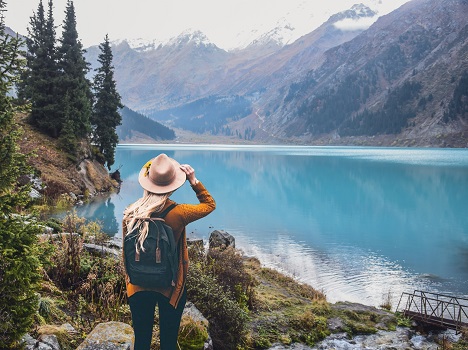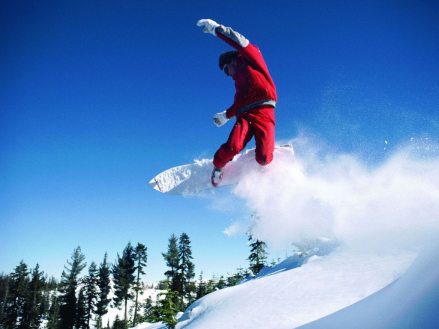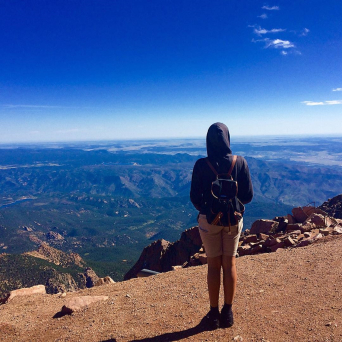- Share
The Mangistau Regional Museum of Local History is one of the largest cultural centers in Kazakhstan.
The Mangistau Regional Museum of Local History is one of the largest cultural centers in Kazakhstan.
The museum was founded in 1975 in Aktau. Exposition area - 700 sq. m. The collection of exhibits on the history, archeology, ethnography, nature of the region has about 60 thousand items.
The main departments of the museum:
● Hall of Flora and Fauna of the Caspian Sea
● Halls of nature
● Hall of archeology
● New History (History of Mangystau XV-XIX centuries)
● Hall of the History of Mangistau of the 20th century
● Hall dedicated to the 100th anniversary of the oil industry
● Hall "Modern Kazakhstan"
● Hall dedicated to the work of the people's writer A. Kekilbaev
The museum differs in that it has four branches: the Mangystau Regional Museum of Local Lore, the Zhanaozen City Museum, the Tupkaragan Regional Museum and the Beineu Regional Museum.
Colorful dioramas visually tell about the unusually diverse geological picture of the Mangistau region, and maps and diagrams present the wealth of minerals and paleontology of the region.
The museum has a unique and large-scale herbarium fund in terms of the collected material, representing plants characteristic of this region.
In the hall of archeology, you can learn the history of Mangistau, starting from the Paleolithic to the present day. The well-known Kazakh archaeologist A. Medoev identified a number of Paleolithic cultures on the territory of Mangyshlak, the earliest of which is more than two million years old.
In the museum you can also see stone sculptures of early nomads, which are unique monuments of the early Iron Age.
Stores a museum and documentary materials about the first Fort-Aleksandrovsk fortress built by Russian settlers.
Impressive in this museum is a serious collection of jewelry made of precious stones and metals, made in ethnic style. All products of jewelry craftsmen demonstrate a high level of their quality. Jewelry art has always been highly developed in Mangistau. Scientists and restorers who studied the ornaments on the clothes of a Saka warrior who lived in the 5th century BC found that they are definitely similar to the Mangistau petroglyphs, which also served as models for creating jewelry.
Even in ancient times, the zergers, who mastered the methods of stamping, engraving, casting, chasing, filigree, blackening, graining, filigree on gold, silver and bronze, reached a high level of skill. Therefore, the bracelets, rings, necklaces, clasps, belts presented in the museum's collection are rare exhibits of the heritage of the late 18th and early 19th centuries. Some of them, however, went to the St. Petersburg Ethnographic Museum of the Peoples of the East, the Central State Museum of the Republic of Kazakhstan and the State Museum of Arts named after A. Kasteev. In such works of jewelry art, the skill of eminent Mangistau jewelers has been preserved: Sartai, Eset, Kobey, Segizbek, Izkara, Sengirbek Muryn, Zakir Nadirbek, Marat Nazarov, Bekkozha Koshtaev and others.
The pride of the museum is the Kazakh yurt with impressive interior decoration. It demonstrates the everyday and very colorful life of nomads. Among them there has always been a master of various types of decorative art. The famous Kazakh floor and wall carpets with a wealth of embroidery, chests and national dishes made of wood with rich carvings - all this can be seen in the yurt, representing the mobile dwelling of the nomads.
And, of course, the museum demonstrates the history of the development of the region's economy, the development of oil deposits, the development of the nuclear and chemical industries, which determined a new era in the life of the Mangyshlak Peninsula.
Helpful Hints
How to get there?
The most beautiful Aktau, where the museum is located, is considered one of the promising cities of Western Kazakhstan, built in the 1960s of the XX century on the Mangyshlak peninsula. It is the center of the oil and gas industry and the Caspian port. Not only the city itself is rich in sights, but there is something to see around it: underground mosques of the 10th-12th centuries, mausoleums, excavations of Kuskuduk - an ancient settlement on the territory of Kazakhstan, the city of Fort Shevchenko of the 18th century, the Karagay depression - the third deep in the world, the Mangistau desert and the Caspian Sea itself.
Museum address: Aktau, microdistrict 9, house 23a
Working days: Tuesday-Saturday
Days off: Monday, Sunday
Phones: 8 (7292) 33 74 79, 33 83 21, 51 35 21
Meals and accommodation
Perhaps the most respectable and expensive hotels are represented in this port city of the country. And they are especially beautiful with overlooking the sea. Accordingly, the restaurants in Aktau are luxurious and fashionable, and most of them certainly offer the delicacies of the sea. But in the city you can also find hostels, hotels and cafes at a lower cost, not inferior in comfort.







.jpg)








